Now Reading: How to Purify Drinking Water at Home for Healthier Living 2025
-
01
How to Purify Drinking Water at Home for Healthier Living 2025
How to Purify Drinking Water at Home for Healthier Living 2025
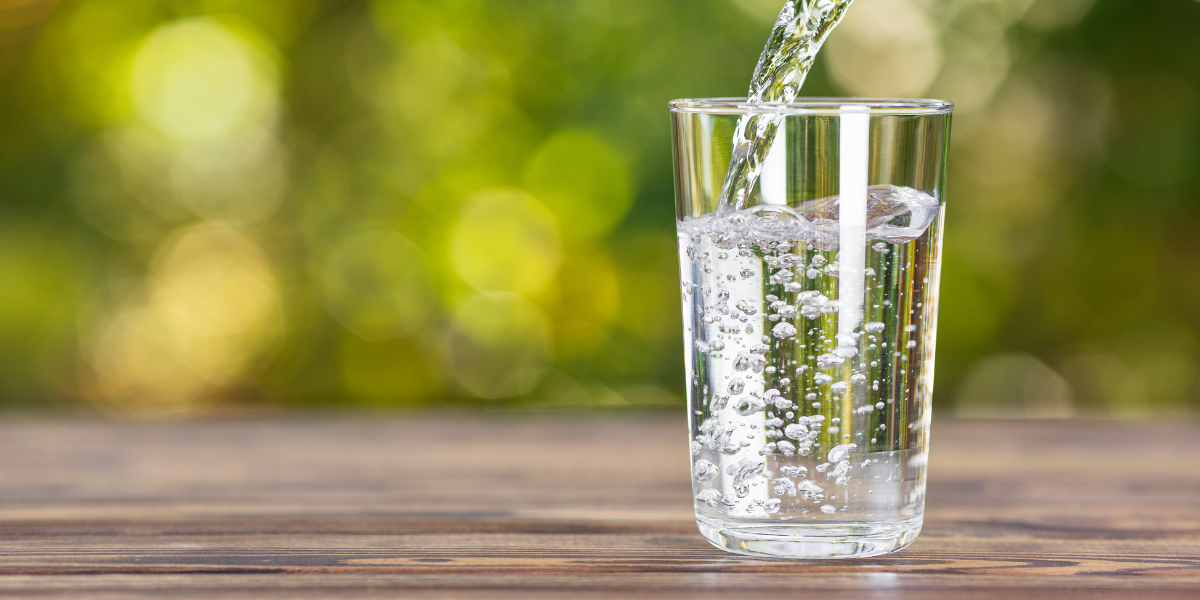
Table of Contents
Clean drinking water is essential for good health. Yet, not all water coming from taps, wells, or local supplies is safe to drink. Contaminated water can carry harmful bacteria, viruses, and chemicals that may lead to serious illnesses. With the right knowledge and tools, you can easily purify water at home, ensuring your family stays safe and healthy.
Why Home Water Purification Matters
Even if water looks clear, it may still contain invisible impurities. Drinking Water Many households face issues like hard water, chlorine taste, or microbial contamination. Drinking unsafe water can cause gastrointestinal problems, infections, or long-term health issues. Home purification is not just a precaution—it is a necessity.
By purifying water at home, you gain control over what you and your family consume. It is also cost-effective, environmentally friendly, and allows you to avoid constantly Drinking Water buying bottled water.
Methods to Purify Water at Home
There are several ways to make water safe at home. The method you Drinking Water choose depends on the source of your water, available tools, and budget. Here are some of the most effective techniques:
1. Boiling
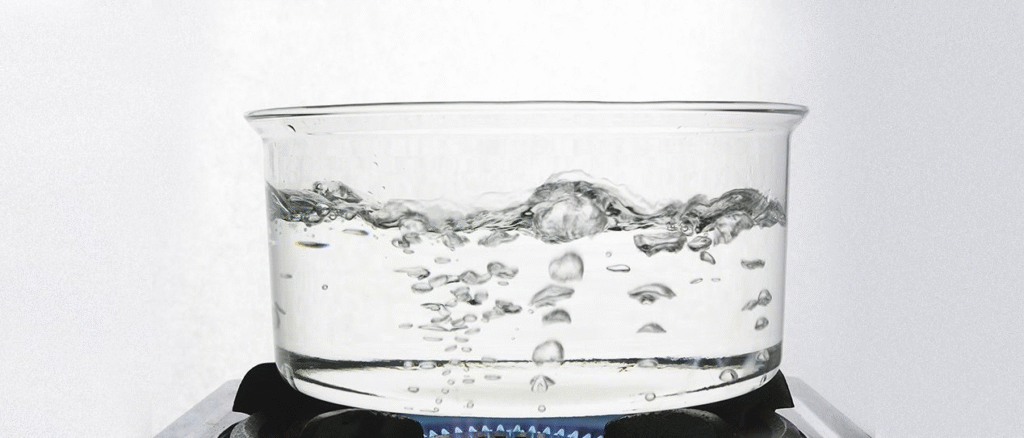
Boiling water is one of the oldest and simplest purification methods. It kills bacteria, Drinking Water viruses, and parasites that may be present.
How to do it:
- Pour water into a clean pot.
- Bring it to a rolling boil for 5–10 minutes.
- Let it cool before storing in a clean container.
Boiling does not remove chemical pollutants or heavy Drinking Water metals, so it is best for microbial purification.
2. Filtration
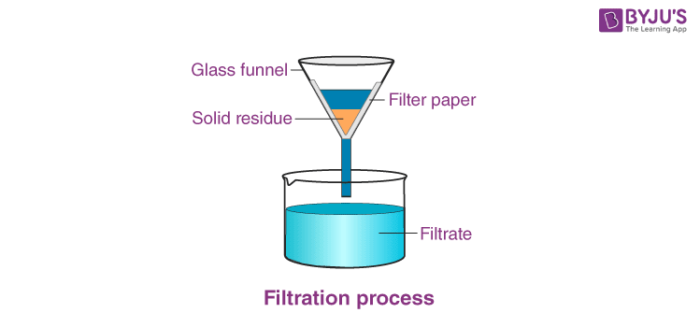
Water filters are widely used and come in different forms: activated carbon filters, ceramic filters, and reverse osmosis (RO) systems.
- Activated Carbon Filters: Remove chlorine, bad taste, and Drinking Water odors. They may also filter some bacteria.
- Ceramic Filters: Effective against bacteria and protozoa.
- RO Systems: Remove most impurities, including heavy metals, salts, and chemicals.
Filters are convenient, easy to use, and ideal for daily household needs. RO systems may be costlier but provide thorough purification.
3. Chemical Purification
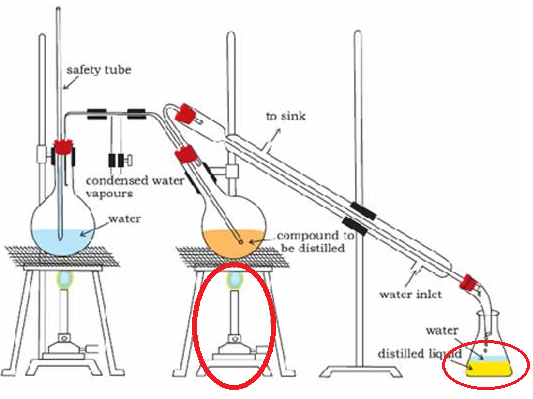
Water purification tablets or drops, often containing chlorine or iodine, can disinfect water effectively.
How to use them:
- Follow the instructions on the packaging.
- Typically, wait 30 minutes after adding the chemical before drinking.
This method is useful for emergency situations or when traveling. However, Drinking Water long-term use may leave an aftertaste.
4. Ultraviolet (UV) Purification
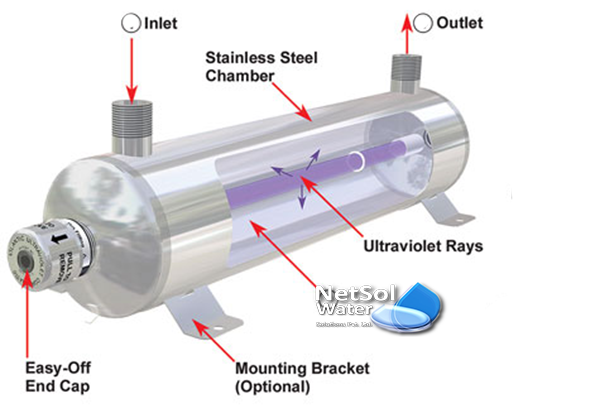
UV water purifiers use ultraviolet light to kill bacteria, viruses, and other microorganisms. They are highly effective and chemical-free.
Advantages:
- Safe and fast purification.
- Maintains natural taste of water.
- Easy to install for household use.
However, UV purifiers do not remove dissolved chemicals or sediments, so combining with a filter is often recommended.
5. DIY Methods
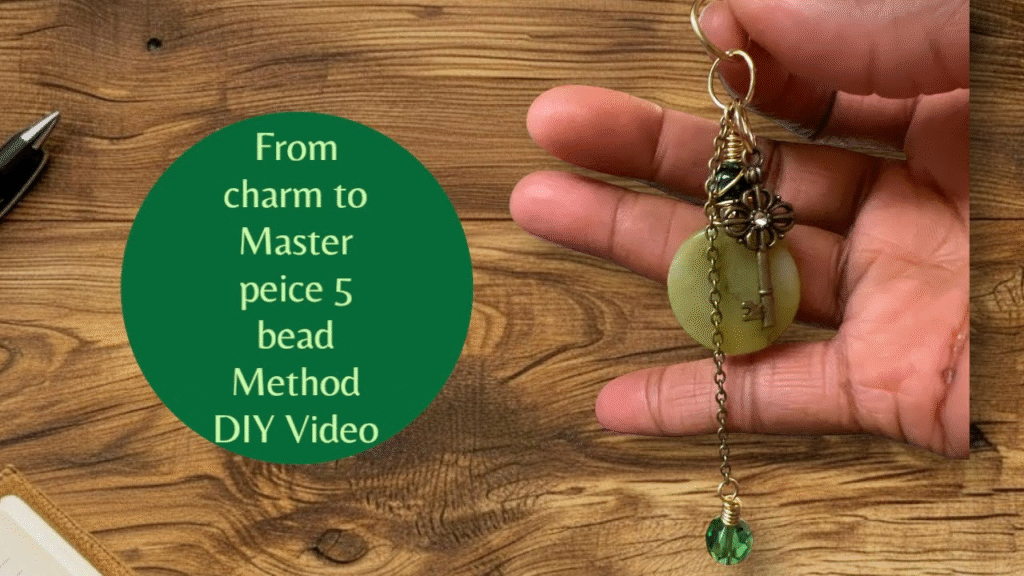
If modern equipment is unavailable, simple home solutions can help improve water safety:
- Cloth Filtration: Pour water through a clean cloth to remove large particles.
- Solar Disinfection (SODIS): Fill clear plastic bottles with water and leave them in sunlight for 6 hours. UV rays from the sun help kill bacteria.
- Boiling with a few drops of lemon juice: Adds extra protection against microbes and improves taste.
While these methods are less effective than modern purifiers, they can work in emergencies.
Tips for Safe Water Storage
Purification alone is not enough. Water must be stored properly to avoid recontamination.
- Use clean, covered containers.
- Store water in cool, dark places.
- Avoid dipping hands or utensils directly into stored water.
- Regularly clean storage containers.
Proper storage ensures that your purified water remains safe to drink for several days.
Signs Your Water Needs Purification
Sometimes, water may look clean but still be unsafe. Watch out for:
- Strange odor or taste.
- Cloudiness or unusual color.
- Sediments or particles floating in water.
- History of contamination in your area.
If any of these signs are present, purify the water before drinking.
Conclusion
Purifying water at home is a simple, affordable, and necessary step toward better health. From boiling and filtration to UV and chemical methods, you have multiple options to make water safe. Combining purification with proper storage practices ensures that you and your family enjoy clean, safe, and tasty drinking water every day.
Taking these steps may seem small, but they have a big impact on health and well-being. Start today, and make clean water a part of your daily routine.
READ MORE:- Shobha Realty Launches Its Most Luxurious Project Yet—Full Details Inside 2025



















